564: What Bubble? Reasons Why London property Prices Will Continue to Rise.
03-06-2016

London Prices Set to Climb: Although London property prices appear high on an average price to earnings ratio we believe there are a number of reasons why property prices will continue to climb in the capital, although it will not be evenly spread by any means. Let us explain.
Start of Boom: The property boom started in 2009 in West London prime real estate supported by waves of international wealth coming into London from:
· Arab Spring uprising and turbulence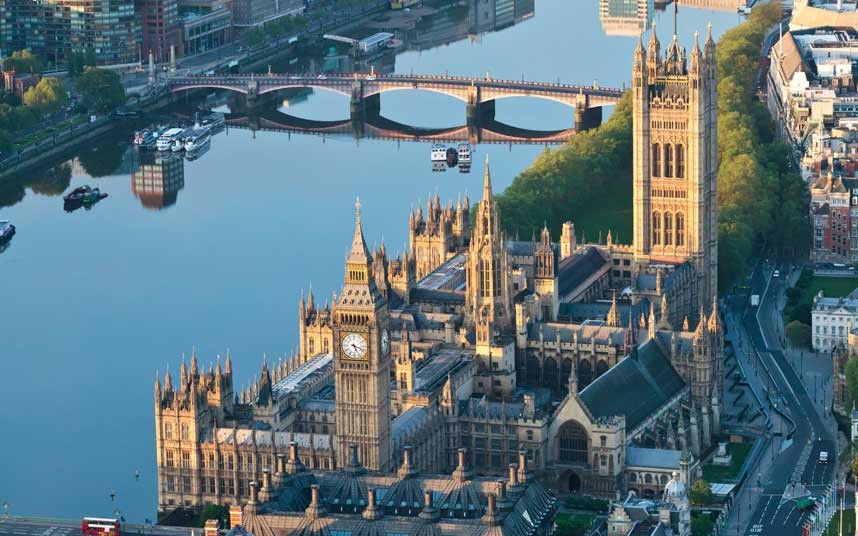
· Eurozone crisis
· Middle Eastern and North Africa wars
· Commodity boom in oil and mineral exporting nations
Financial District: As the City of London recovered from the financial crisis London moved rapidly into top gear against its financial services competitors such as Frankfurt, Paris, Singapore, Tokyo, Hong Kong and New York.
Super-Rich Play Ground: Super-rich Russians, Africans and Far Easterners picked up the best real estate in places like Kensington, Mayfair and Chelsea driving prices sky-high. The ripple effect started in 2010 when property prices started to shoot up in places like Battersea, Clapham, Islington and Notting Hill.
Printed Money: Price increases in our view were driven by Trillions of 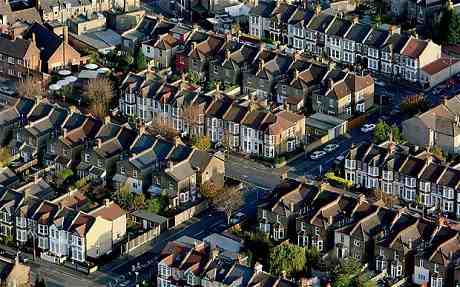 dollars and pounds of printed money out of thin air used to stimulate the economy. The rich got hold of this zero cost money and decided in the heir wisdom to hoard it in property, a wise move given the high returns and safe haven nature of London property investment.
dollars and pounds of printed money out of thin air used to stimulate the economy. The rich got hold of this zero cost money and decided in the heir wisdom to hoard it in property, a wise move given the high returns and safe haven nature of London property investment.
Ripple Effect: The property boom became more pervasive in 2015 with places like Hackney, Lewisham, Forest Gate, Southall and Tooting shooting up. This was driven more by indigenous British people being drive out from the most expensive areas to the middling suburbs even the bankers cannot afford Kensington any more a truly international area for the super-rich. The super-rich used the money given at almost zero interest rate, and parked in property buying in cash. This created a bubble of sorts, which may never pop.
Tax Grab: The Tories decided to take their grab of the profits with higher stamp duty on properties worth more than about £350,000 and instigated tougher tax conditions on bankers and non-doms, which has curtailed the massive increases on the upper end of the market.
Stimulating Spending: Because of the low overall developed nations growth and reluctance for private wealthy individuals to invest in industry, interest rates have stayed very low to try and encourage people to come out with this money and invest, instead of save. Furthermore the waves of migrant workers from all around the global, rich, middle class and poorer have kept wage inflation in the lower bracket very low and boosted worker competition, flexibility and standards this has helped keep a lid on inflation, boosted the value of Sterling and reduced mortgage borrowing costs. This in turn has stimulated mortgage debt and boosted house prices.
Migration: The migrants have also created a very strong rental property mar ket which shows no sign of reducing. Employment in London is very strong, workers are all looking for single rooms so they can saves as much as possible and send the proceeds home. This has driven the prices of single rooms in London for rent (that include electric-gas-council tax bills) using shared kitchens and bathrooms to around £700/month in places like Battersea.
ket which shows no sign of reducing. Employment in London is very strong, workers are all looking for single rooms so they can saves as much as possible and send the proceeds home. This has driven the prices of single rooms in London for rent (that include electric-gas-council tax bills) using shared kitchens and bathrooms to around £700/month in places like Battersea.
As 100,000 people arrive in London each year and the population is having a baby boom largely from migrant workers then this has put added demand on the property market mainly for rental properties. It also boost purchased property demand. The immigrations shows no signs of slowing down - if anything the growth is actually speeding up as less people leave and more people stay along with more people arriving. As population pressur building in Africa, the Middle East and other countries (from lack or resources, overcrowding, wars etc), far more migration will occur we are seeing the start of this, not the end. This will boost demand for London property beyond doubt.
Failed Housing Policies: Three decades of failed housing policies for London h ave created a huge housing crisis. The only properties being built are £1+ million luxury apartments. Hardly suitable for the average worker. Even a City Banker would struggle to afford such a property. There is an oversupply of luxury apartments but a gigantic undersupply of properties for less than £500,000.
ave created a huge housing crisis. The only properties being built are £1+ million luxury apartments. Hardly suitable for the average worker. Even a City Banker would struggle to afford such a property. There is an oversupply of luxury apartments but a gigantic undersupply of properties for less than £500,000.
Boosting Demanding: What were are therefore saying is that we believe demand for London properties in the £200,000 to £500,000 range will if anything increase and prices will have to rise further because there is no more supply very little building of anything for less than £500,000. Hence in few years time, a £250,000 low end flat in Lewisham will be worth £350,000 and a £500,000 low end flat in Barons Court will be worth £600,000.
Rising Prices: If prices are lower than today, it will have meant the whole of the UK goes into economic meltdown because if prices drop in Barons Court, they will crash in Blackpool, Newcastle or Bury. Many people believe that prices cannot rise higher. But if you look back in history, a West London (e.g. Fulham) flat cost the following:
£1,700 in 1946
£20,000 in 1965
£70,000 in 1990
£200,000 in 2002
£350,000 in 2008
£500,000 in 2016
Inflation all the way: On average prices have risen a cumulative 4.6% a year. Because of the ever increasing government and private sector debt in the UK the only way for the government to pay its bills is to inflation the debt away by declining the currency value and boost nominal asset prices. Mark Carney is well aware of this and he certainly likes high property prices having created a boom in Canada before he came to the UK. What we are saying is that the government and the Bank of England will create inflation come what may. They will always avoid long periods of deflation since they believe this kills the economy. They prefer to have general inflation of around 2% and house price inflation of around 4.5% a year. This makes people feel better off each year and more likely to spend and contribute to the overall increasing GDP.
Management of Economy: As long as the Tories stay in power there will be reasonable management of the economy in the form of reduced public sector spending, boosting the private sector, and trying to control levels of government debt. This then supports Sterling, creates lower general inflation, keeps borrowing costs in check and therefore boosts employment and housing prices. If Labour win power for any reason which seems extremely unlikely now we will see the situation reversed of course. Higher general inflation and lower property prices as the economy sinks into recession off the back of a public sector spending boom and higher taxes and internation al wealth exiting the country.
al wealth exiting the country.
As the number of people working in London increases as employment increases property prices should increase as more people have access to bank mortgages and more people fight over less property. This is what we have seen in the last 5 years and this looks set to continue unless there is a financial meltdown.
Crazy Tax on Landlords: The new punitive taxes on buy-to-let landlords will worsen the crisis because these investors will no longer be able to afford the £400,000 flat to rent out and hence the number of rental properties in London will drop and rental prices will start to go ballistic some time mid 2016 onwards. Yes we are just seeing the start of big rental prices increases because its not economic to rent in many areas of London now and the government has just shot the whole industry including themselves in the foot with this ridiculous tax on losses made on rental businesses. The rental crisis would on worsen if mortgage rates increase and buy-to-let landlords continue to sell up. The nail in the coffin was the stamp duty increase of 3% for buy-to-let landlords putting further pressure on rental supply and leading to even further tightening of the rental market. We can only assume the Tories are desperate for people to own a property because these people are twice as likely to vote Tory its as simple as that. Its just a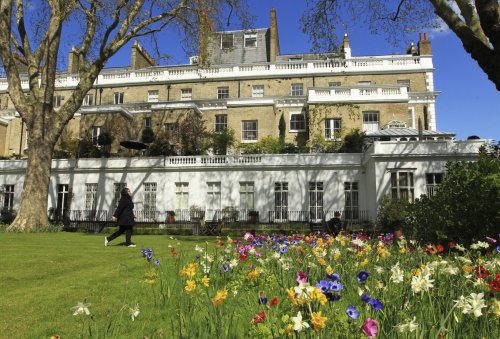 strategy to win votes for the future. Landlords and the new Bankers its beat the Landlord time all all fronts and many people are rightly getting out of the market. The people that stay will be putting up their rents across the board to pay for the higher taxes and the market will drive this in addition because some landlords will sell up taking rental properties off the market in London just when more are needed for the flexible workforce that lives in London.
strategy to win votes for the future. Landlords and the new Bankers its beat the Landlord time all all fronts and many people are rightly getting out of the market. The people that stay will be putting up their rents across the board to pay for the higher taxes and the market will drive this in addition because some landlords will sell up taking rental properties off the market in London just when more are needed for the flexible workforce that lives in London.
Critical Criteria for Investment - Locations: For property investors, the key to high capital value increase and higher yields are investing in an area that is improving on an overall improving trend because of:
· Higher employment
· Increase wages jobs growth for the better educated high wage positions
· New infra-structure rail, tube, roads, access
· New industry setting up high-tech, financial services
· Good education, proximity to top Universities, top private and state schools
· Investment in new tourism, attractions, restaurants, theatre, shops-retail etc
For example, Farrington ticks all the boxes Crossrail will open by 2018, the City financial district and law districts are booming, shops are improving, employment of high paid jobs is improving.
Low Cost London Property Building Dries Up: Lack of building will continue because of:
· Cumbersome, expensive and time consuming planning process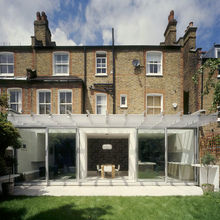
· Lack of building land
· No building on Green Belts, Areas of Outstanding Natural Beauty and National Parks
· High stamp duty
· High taxes discouraging buy-to-let investment
· Nimby behaviours where local councillors stop new development to win votes its popular to stop new building
· Lack of finance for builders banks see it as a very risky business
· Expensive labour and raw materials costs
· Councils allowing luxury apartment - and not requiring affordable homes
· The Councils and Public Sector entities and corporations hoarding land (e.g. railway companies, hospitals, emergency services)
In the UK the level of building should be 340,000 homes a year mainly 3 bedroom houses. However, we have 150,000 homes being built a year, mainly 1-2 bedroom flats and in London these are all luxury flats as discussed. In London in 2015, only 26,000 properties were built (down 9% on 2014) where demand is more like 65,000 a year. Most are also like rabbit hutches tiny when compared to mainland European or US home sizes. The supply-demand imbalance has got more extreme through the years. Stamp duty costs have discouraged people from buying and selling the housing market is almost stagnant and this has driven prices up and supply has dwindled to crisis low levels. This will not improve in the next five years in our opinion.
Zac: The most ridiculous housing policy was announced by Zac Goldsmith 4 March 2016 the prospective Tory Mayor for London when he proposed demolishing council estates this is hardly going to help the London housing crisis. This policy is clueless. To think developer could or would replace these estates with nice blocks of flats for say £200,000 each is delusional.
Employment: Meanwhile unemployment continues to drop as people shift from public sector employment to private sector employment, and social hand-outs are harder to attain. Its become more difficult for people to sit back home and claim benefits without trying to seek work. And there seems to be work, albeit often low paid, out there. The Tories will make sure unemployment remains low.
Boom Areas: Demand for property will be the highest in cities in southern England and London. This will also be where the population is growing fastest and business is growing fastest. The canny property investor should target high business growth areas only that will benefit from Tory policies in the next 5-10 years. These cities and areas are the following. In London itself, we expect p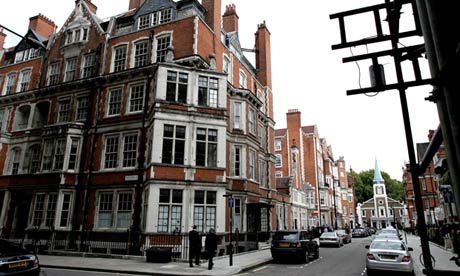 roperty prices in the range £400,000-£700,000 to rise fastest up towards the £1 million mark. Particular growth areas will be again where business is booming along with the population of well-educated young people hence hotspot will be:
roperty prices in the range £400,000-£700,000 to rise fastest up towards the £1 million mark. Particular growth areas will be again where business is booming along with the population of well-educated young people hence hotspot will be:
· Shoreditch
· Farringdon
· Paddington
· Acton
· Ealing
· Leytonstone
· Stratford-Bow
· London Bridge Elephant & Castle
· Bow Church
· Lewisham-Greenwich-New Cross
· Earls Court
· Lambeth Kennington Nine
Further out there will be suburbs benefiting from Crossrail like:
· Shenfield
· Abbey Wood
· Maidenhead
· Forest Gate
· West Drayton
Other cities and towns with 2 hours drive or London that should see prices rising are:
· Bristol
· Southampton
· Portsmouth
· Winchester
· Bedford
· Reading
· Ipswich
· Colchester
· Canterbury
· Gravesend-Ebbsfleet-Swanscombe-Bean--Dartford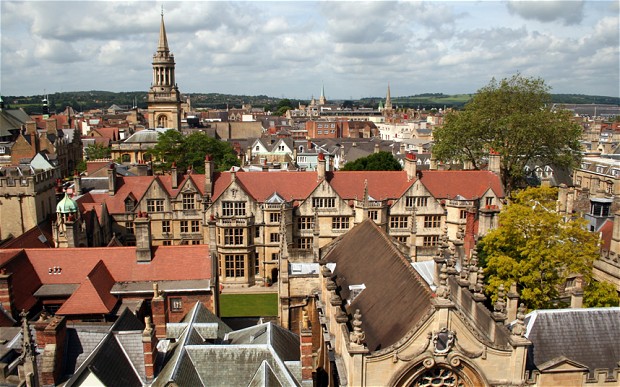
· Croydon
· Oxford
· Cambridge
· Bristol
· Southampton
· Brighton
· Hastings (possible High Speed I rail extension to Folkestone-London)
We hope you have found this Special Report insightful and it helps with your property investment strategies. If you have any queries, please contact us on enquiries@propertyinvesting.net

